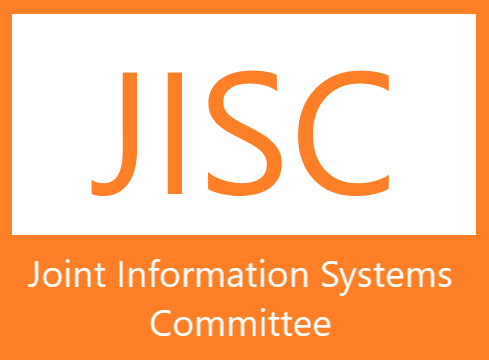Abstract
Background: This study aimed to understand the regional variation in the socio-demographic and clinical profile of human immunodeficiency virus (HIV) infected patients at antiretroviral therapy plus centre of Sawai Man Singh (SMS) hospital, Jaipur, India.
Methods: A descriptive cross-sectional study was conducted on HIV patients from January to December 2019. The HIV-positive patients of all age groups and all categories were included in the study. The socio-economic status was assessed by BG Prasad classification-based consumer price index. However, the clinical staging was done according to the World Health Organization (WHO) classification of HIV/AIDS. Data were expressed as mean ± standard deviation.
Results: Among 525 HIV patients 59.16% were males, 40.26% females and 0.57% intersex. About half (51.0%) in the reproductive age group with mean age 36 ±13 years. The commonest mode of HIV transmission was heterosexual (89.77%). Maximum belonged to social class I (57.84%) and class II (26.05 %) of BG Prasad's socioeconomic status. Each of the non-agricultural laborers and semi-skilled workers constitutes 18.0%, and the housewives were 23.6%. At the time of presentation, baseline CD4+Tcell count was <350 /mm3 in 55.0% of HIV patients. Pulmonary tuberculosis and skin involvement were the most predominant secondary opportunistic infections accounting for 24.8% and 7.8%, respectively. More than half (52.09%) of patients were in WHO clinical stage I of HIV disease.
Conclusion: Socio-demographic and clinical profile of study participants reflect an impact of early case detection and timely institution of highly active antiretroviral therapy.













